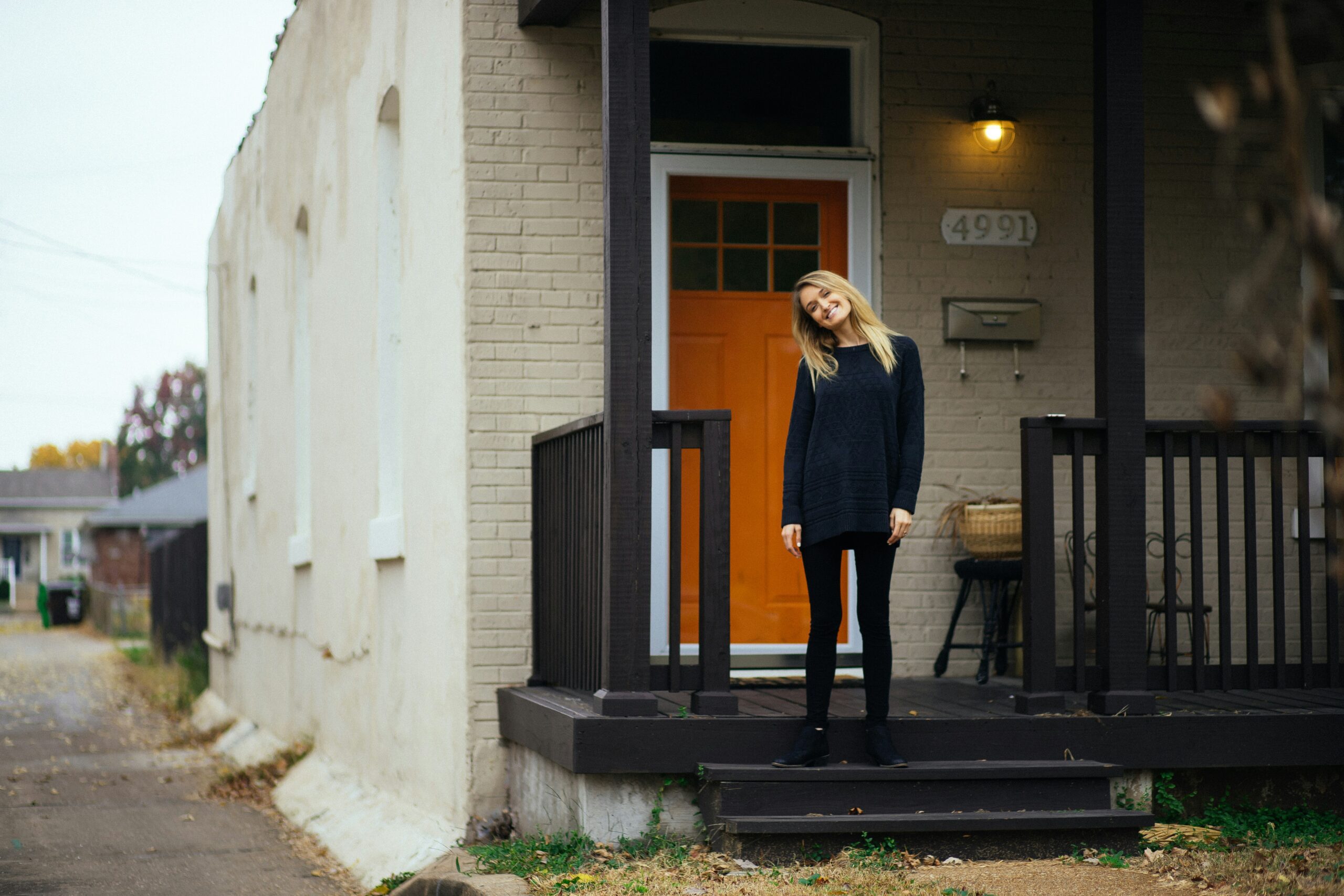Pictured: Kara Family Violence Service (VIC) preparing a refuge room with Sleep Kits
Shining a light on women's homelessness
The number of girls and women facing homelessness is growing. Often grappling with impossible decisions between homelessness or violence and poverty, women and gender diverse people increasingly have nowhere safe to turn. They face persistent and systemic barriers to accessing housing and often experience 'hidden' forms of homelessness. In September and October, the team at StreetSmart are focused on raising funds and awareness to support gender specific program responses because women's homelessness cannot wait.
What's driving women's homelessness?
Violence drives homelessness. Domestic and family violence is the leading cause of homelessness for women, with 45% of all women and girls seeking homelessness assistance identifying family and domestic violence as a cause. Women who experience domestic or family violence often have to make the impossible decision between keeping a roof over their heads or escaping violence. The risks, housing insecurity and poverty women experience after leaving violence often result in them returning to a violent partner. A recent report has noted how for 81,000 women facing homelessness who returned to a violent partner did so because of a lack of money, having nowhere to or were concerned for their own or children’s safety or well-being.
Our current housing crisis is now also driving these increases of women facing homelessness with 44% of women reporting having a housing related crisis including housing affordability, inappropriate and often overcrowded housing or accommodation unexpectedly ending. Reporting by Everybody’s Home shows that for female dominated careers like For full-time workers in aged care, early childhood education or nursing, there is almost nowhere in Australia where they could afford rent on a single income.
Thirdly, women grapple with distinct and enduring systemic challenges including the gender pay gap, an unequal burden of unpaid work, disrupted employment, economic consequences of divorce and separation, and lower superannuation balances. These, coupled with rent increases and a cost of living crisis, often contribute to experiences of insecure housing and homelessness.
10
45
80
“Marriage breakdowns and domestic and family violence are forcing women from the family homes without the superannuation or financial stability to sustain ever increasing cost of living pressures.” – Shelter Collective, QLD (Darumbal Country)
Women most at risk
The rate of homelessness for young women aged 12-24 has surged recently. Homelessness for this age group is mostly driven due to their home becoming unsafe through family breakdown, family violence and child abuse. Many will have already been removed from their family into State care, and those new living arrangements can also be dangerous, or unsustainable as children get older. These reasons coupled with some more specific youth challenges such as a lack of youth specific public/social housing, inadequate government benefits, poor mental health post COVID, struggles to engage with education and work, and high rents, all mean that it is currently particularly tough for young people who need to live out of the family home. Many will have been couch-surfing which generally means they are temporarily staying with friends, relatives, family and sometimes with complete strangers.
Older women experiencing homelessness have often lived a conventional life, renting or owning a home while working and raising a family. Over the past ten years we have seen a worrying trend with more older women seeking support. Older women clients (aged 55 or over) accounted for around one in 10 of all female SHS clients in 2022–23. Those numbers have doubled in the ten years to 2022. Research has concluded that there are 400,000 women over the age of 45 who are at risk of becoming homeless due to their insecure housing.
Although women make up one tenth of the overall prison population, the number is rising fast, up 57% over the past 15 years. These women are overwhelmingly imprisoned for relatively minor crimes, and are also, generally, extremely disadvantaged. Research tells us that nearly half of all prisoners are released into homelessness or short-term or emergency accommodation, with many unable to arrange their first night’s accommodation until after they’ve left prison. This contributed to 45 per cent of all prisoners back behind bars within two years of release.
Stories behind the homelessness statistics
Sarah is sleeping rough with 2 children. Sarah, an Indigenous single mother, and her two children have been homeless for months and have been sleeping rough. She is pregnant, with a baby girl due soon and has just been given access to temporary social housing. But the family has limited belongings, no furniture and no items for the baby. They need assistance with clothing, nappies and a sleep space in time for the baby’s arrival. They also need a car seat for the older child to travel to school safely.
Ally is studying, working, and homeless. Ally is 18 and studying VCE. Recently, Ally had a family breakdown and was not able to remain living at home so became homeless and was couch surfing at various friend’s homes. Apart from studying full time and aiming to go to University in 2025, Ally was working 4 nights per week to support herself. A StreetSmart funded local homelessness service worked intensively with Ally, helping her secure a small one bedroom unit. Without this advocacy and targeted support along with help with the bond, rent in advance, and furniture to make the home liveable has meant Ally can focus on her future goals.
Linda, 85 and couch surfing. Linda became homeless after her husband died and she could no longer afford the weekly rent. Linda was sleeping on her friend’s couch when she reached out for help. Without owning a computer or having the technology skills to apply for properties online a local service applied for multiple rental properties on Linda’s behalf within Linda’s affordability. Linda was eventually approved for a property following some very strong advocacy from her caseworker with a local real estate agent. Linda still uses food assistance from her local service so that she can manage to afford bills and ongoing basic expenses.

Help us support women facing homelessness
Donations throughout September and October will be helping to prevent and end homelessness for women most at risk. Together we will help fund gender specific responses, emergency and crisis accommodation, and provide new havens of safety and stability with household essentials.
Our bimonthly projects generate collective action from individuals, corporate, philanthropic trusts and foundations. If you are looking to partner for positive impact and respond to homelessness in Australia, please reach out at partners@streetsmartaustralia.org to chat more.








